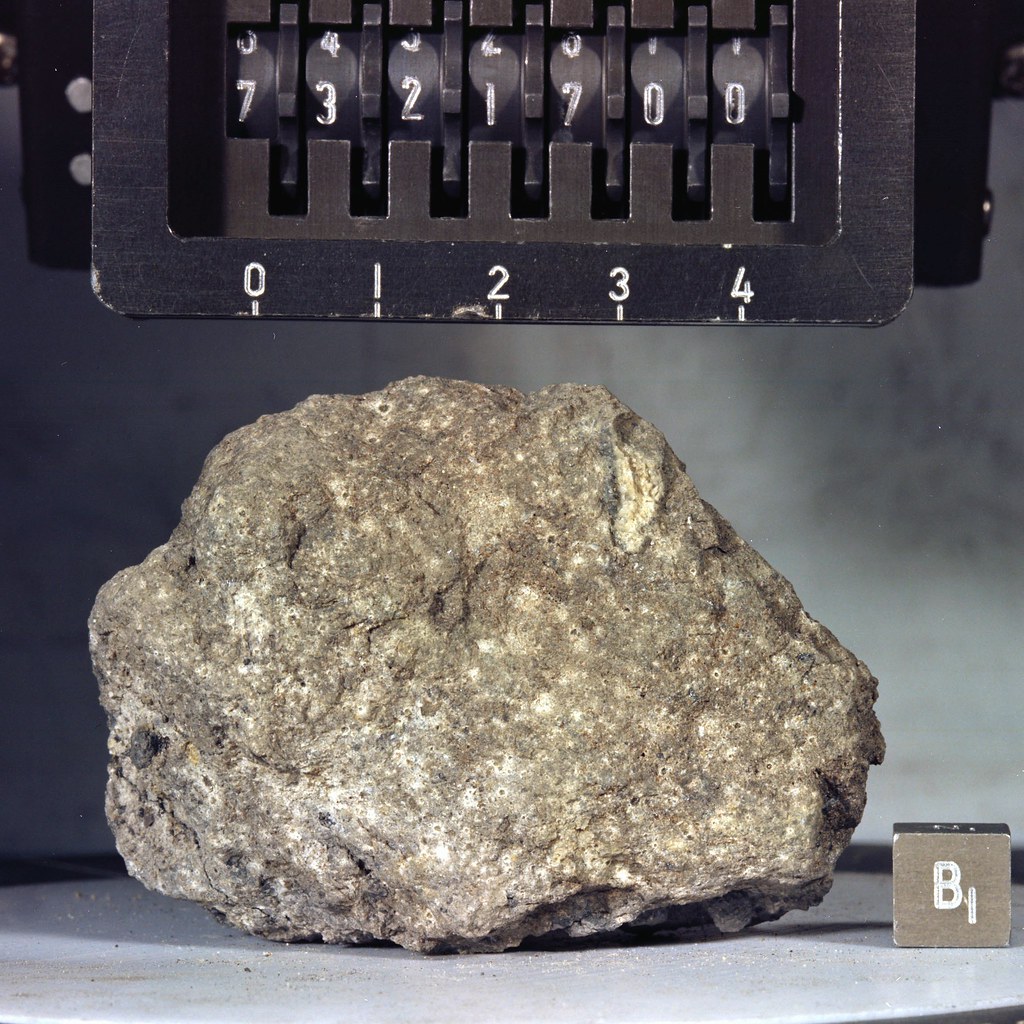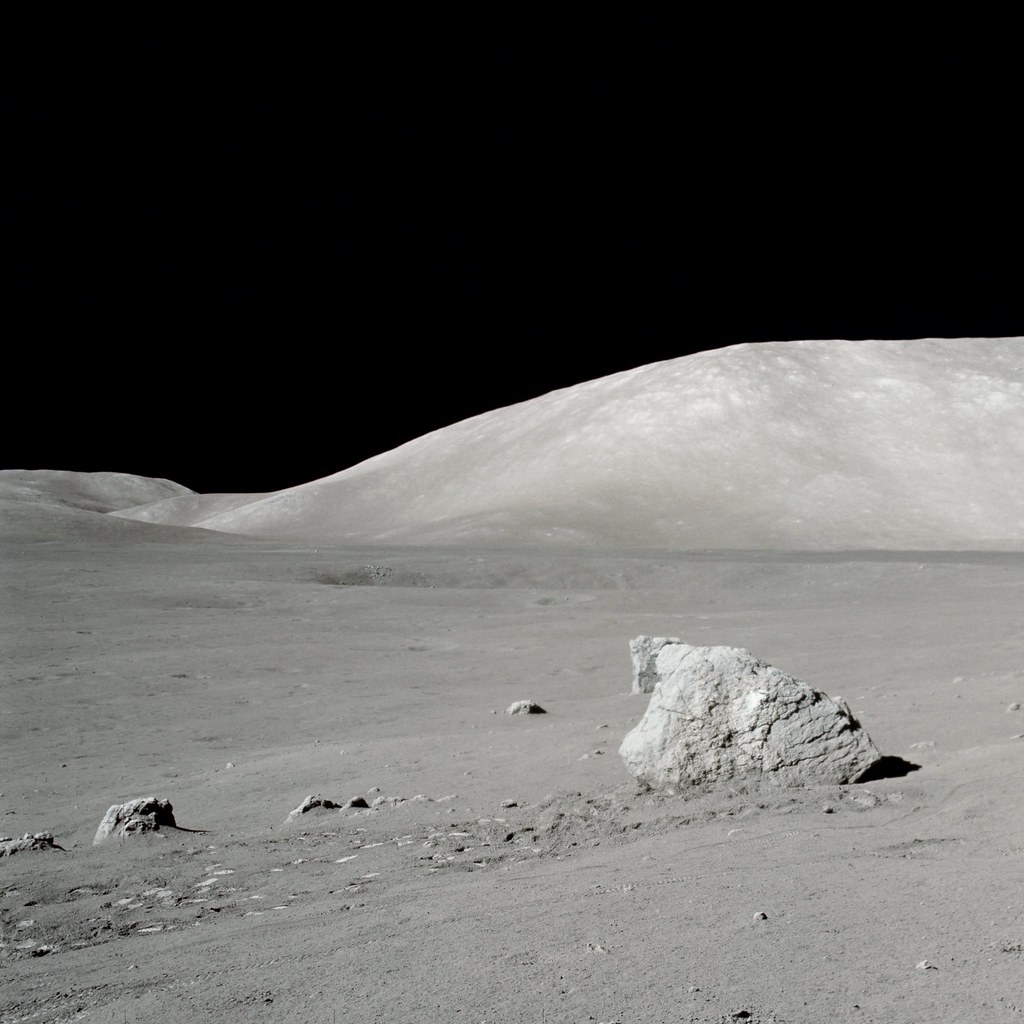Nikki Cassis
School of Earth and Space Exploration
Arizona State University
It’s been more than 40 years since astronauts returned the last Apollo samples from the moon, and since then those samples have undergone some of the most extensive and comprehensive analysis of any geological collection.
A team led by Arizona State University researchers has now refined the timeline of meteorite impacts on the moon through a pioneering application of laser microprobe technology to Apollo 17 samples.
Impact cratering is the most ubiquitous geologic process affecting the solid surfaces of planetary bodies in the solar system. The moon’s scarred surface serves as a record of meteorite bombardment that spans much of solar system history.
Developing an absolute chronology of lunar impact events is of particular interest because the moon is an important proxy for understanding the early bombardment history of Earth, which has been largely erased by plate tectonics and erosion, and because we can use the lunar impact record to infer the ages of other cratered surfaces in the inner solar system.
Researchers in ASU’s Group 18 Laboratories, headed by professor Kip Hodges, used an ultraviolet laser microprobe, attached to a high-sensitivity mass spectrometer, to analyze argon isotopes in samples returned by Apollo 17. While the technique has been applied to a large number of problems in Earth’s geochronology, this is the first time it has been applied to samples from the Apollo archive.
The samples analyzed by the ASU team are known as lunar impact melt breccias – mash-ups of glass, rock and crystal fragments that were created by impact events on the moon’s surface.
 |
| Apollo 17 sample 73217, before processing a 138.8 gm "tough impact melt" breccia rake sample from Science Station 3. The sample was half-buried near Lara crater and close to the Lee-Lincoln lobate scarp contact, and also well inside the Tycho debris chevron called Tortilla Flat. The rock contained a prominent white anorthosite clast, partially analyzed before the remainder was set aside for "posterity." Full processing has waited patiently for the 21st century. S73-16784 [NASA/JSC]. |
However, lunar rocks may have experienced multiple impact events over the course of billions of years of bombardment, potentially complicating attempts to date samples and relate the results to the ages of particular impact structures.
Conventional wisdom holds that the largest impact basins on the moon were responsible for generating the vast majority of impact melts, and therefore nearly all of the samples dated must be related to the formation of those basins.
 |
| Annotated reproduction of an LROC oblique NAC mosaic showing the landing site (arrow) of the Cernan-Schmitt expedition in December 1972, a roughly 18 km-wide field of view used to illustrate "Approach to Taurus Littrow Valley," December 12, 2012 [NASA/GSFC/Arizona State University]. |
“One of the samples we analyzed, 77115, records evidence for only one impact event, which may or may not be related to a basin-forming impact event. In contrast, we found that the other sample, 73217, preserves evidence for at least three impact events occurring over several hundred million years, not all of which can be related to basin-scale impacts,” says Cameron Mercer, lead author of the paper and a graduate student in ASU’s School of Earth and Space Exploration.
 |
| Apollo 17 sample 77115 was taken from the side visible above of the Science Station 7 boulder at lower left in this processed mosaic. From this vantage on the lower slopes of North Massif Gene Cernan and Harrison Schmitt had perhaps their best view across Taurus Littrow valley over to South Massif. The lunar module is easily visible at higher resolutions [NASA/JSC]. |
“Our results emphasize the need for care in how we analyze samples in the context of impact dating, particularly for those samples that appear to have complex, polygenetic origins. This applies to both the samples that we currently have in our lunar and meteoritic collections, as well as samples that we recover during future human and robotic space exploration missions in the inner solar system,” says Mercer.


No comments:
Post a Comment